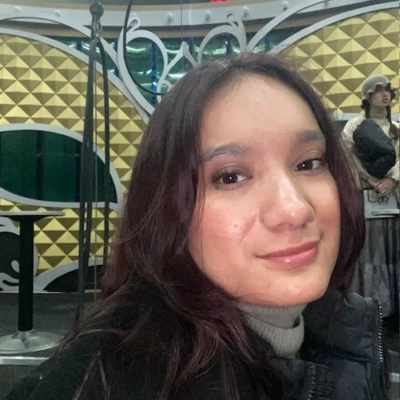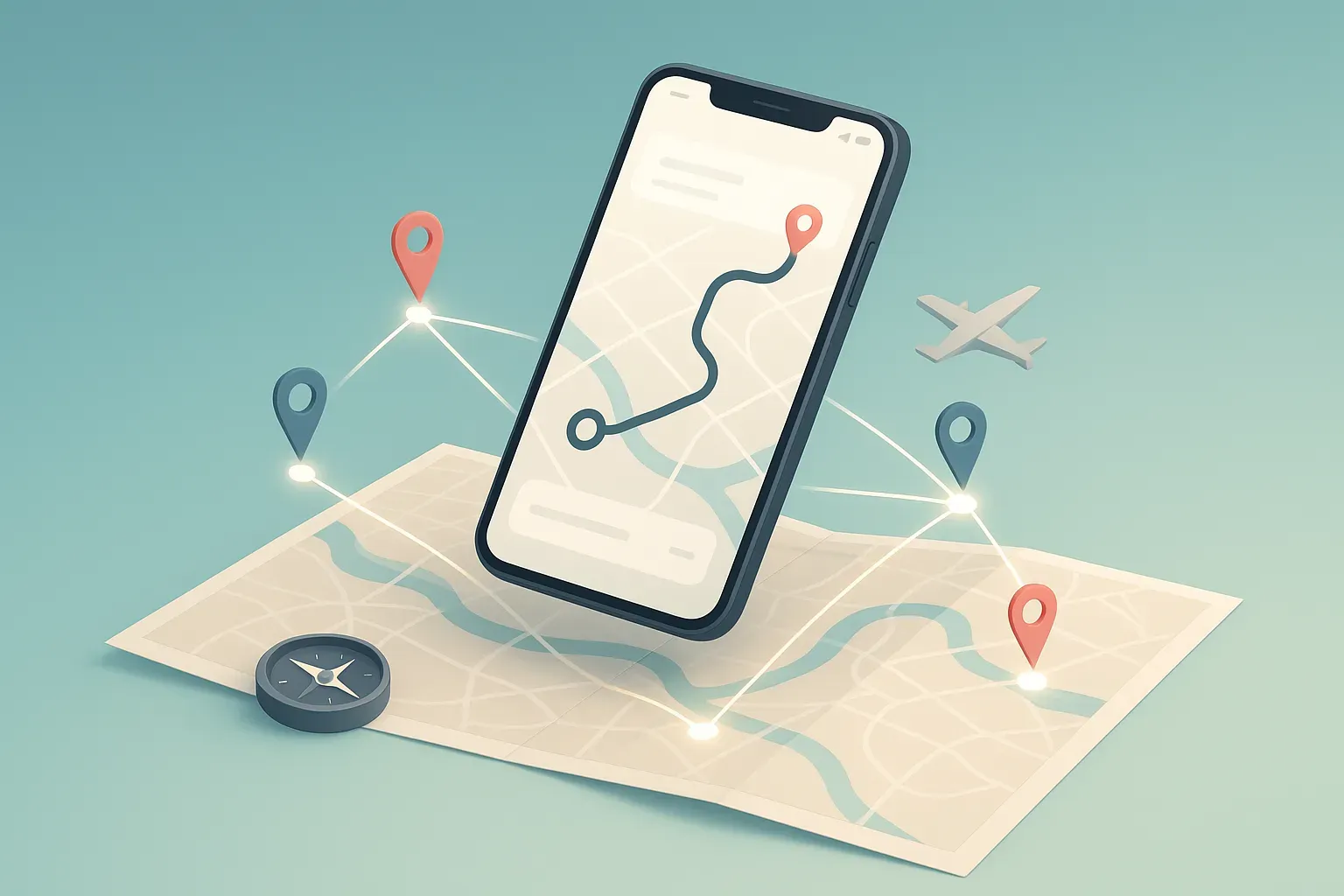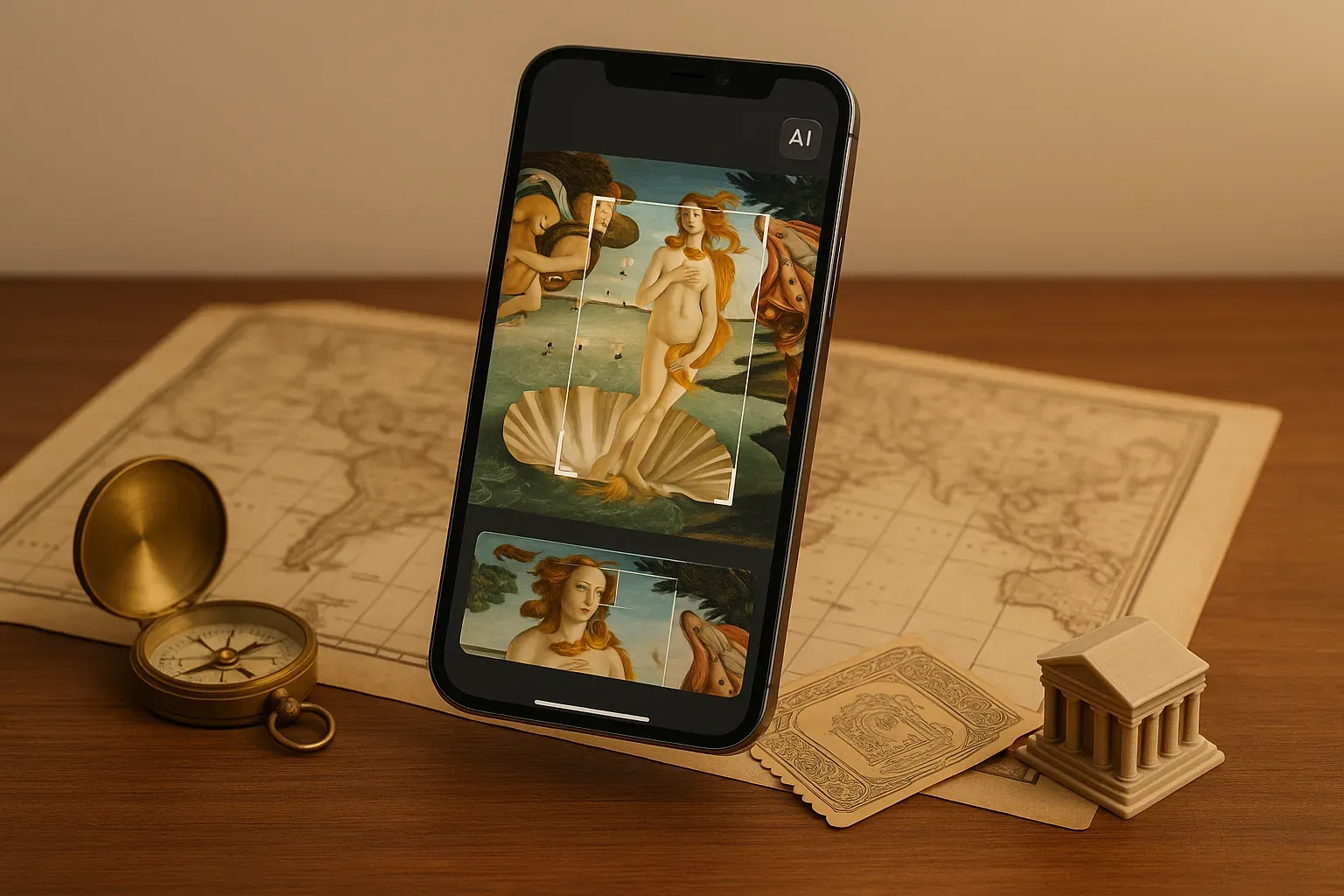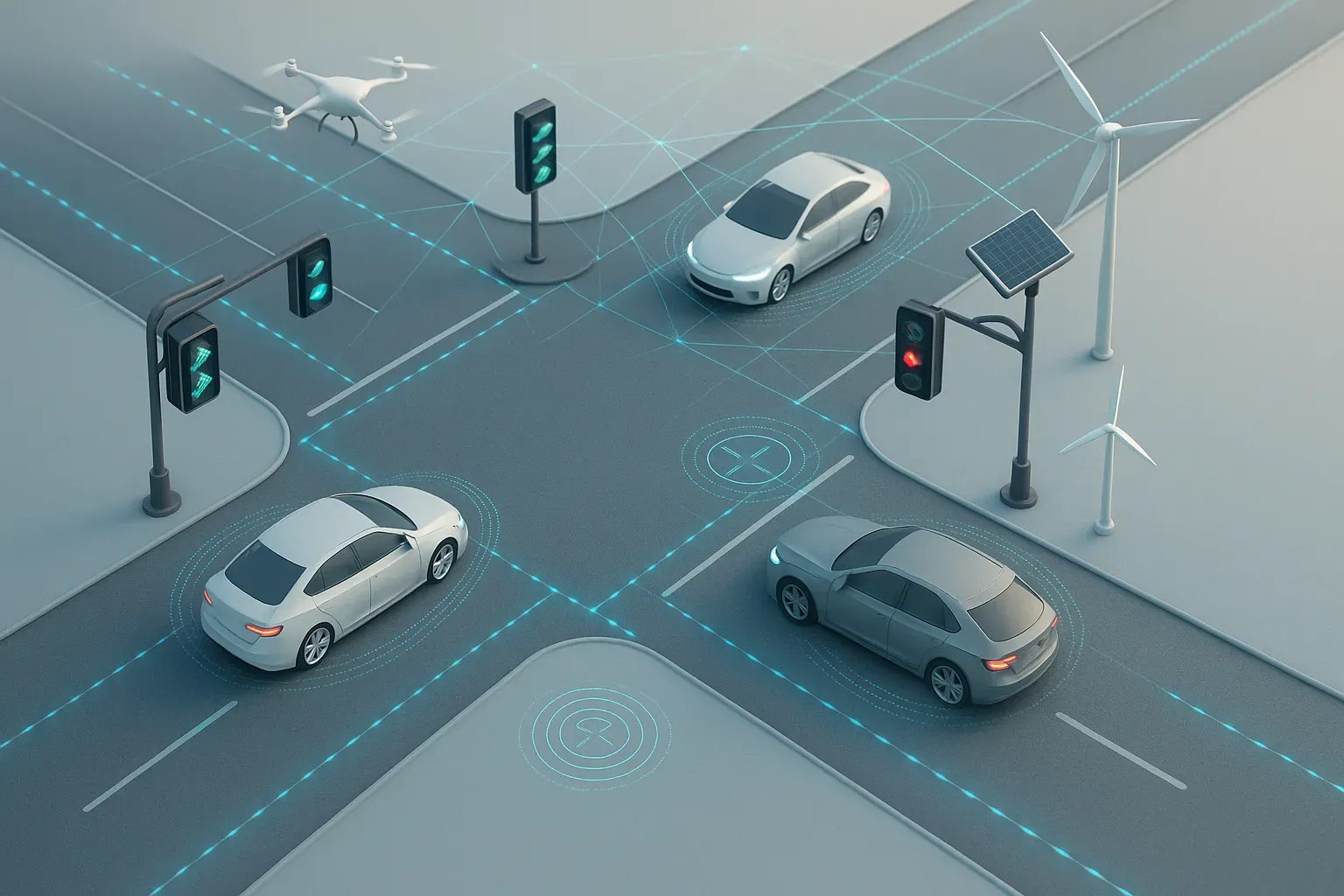Travel technology has evolved dramatically with AI apps now enhancing every aspect of journey planning. Industry experts share their most valuable tools for overcoming language barriers, finding deals, and creating personalized experiences on the road. From real-time itinerary optimization to uncovering hidden local gems, these recommended applications represent the most practical solutions for both leisure and business travelers.
- TripPlanner AI Optimizes Itineraries in Real Time
- MYNDIFY Personalizes Recommendations Based on Preferences
- Google Translate Removes Language Barriers Abroad
- Minimal App Use for Straightforward Business Travel
- Notebook LM Consolidates Travel Research Efficiently
- Hopper Predicts Flight Prices and Saves Money
- Google Maps Uncovers Local Specialty Shops
- Roadtrippers Discovers Hidden Gems Along Routes
TripPlanner AI Optimizes Itineraries in Real Time
My favorite AI-powered travel app is TripPlanner AI, which I rely on for both business and personal trips. The feature I use most is its real-time itinerary optimization. It analyzes flight delays, local traffic, and even weather conditions, then automatically adjusts my schedule, suggesting faster routes or rescheduling activities. On a recent trip to Chicago, it rerouted me around a sudden train strike and suggested a coworking cafe near my next meeting, saving hours of stress. I also love how it learns my preferences—it highlights quiet lounges, efficient check-in counters, and even meals I usually enjoy, which keeps travel seamless without constant manual planning. Using this app has changed my approach to trips, letting me focus on work or exploration while the AI manages logistics in the background. It turns unpredictable travel into something surprisingly smooth and efficient.

MYNDIFY Personalizes Recommendations Based on Preferences
My favorite AI-powered travel app is MYNDIFY, mainly because of its AI assistant called Inky. What I like most is that Inky doesn’t just throw out generic “top places” lists; it actually looks at my past travel history and the notes I’ve saved in the app from my previous trips. So, when I ask something like, “Plan me a trip to Oaxaca,” Inky tailors the recommendations to fit my style of travel. If my entries indicate I’m not the type to go clubbing, but rather prefer visiting local markets, Inky will make sure to plan accordingly. Inky will pull up the local markets instead of clubs when it’s giving its recommendations.
Another feature particularly useful is how Inky incorporates practical, real-world tips alongside suggestions. For example, it once recommended flying into Oaxaca in the morning to avoid long immigration lines, which was such a small but game-changing detail. That kind of personalization, combining my preferences with logistical advice, makes it the app I keep going back to.

Google Translate Removes Language Barriers Abroad
As a Vietnamese immigrant in the US, I’ve experienced how the language barrier can be such a huge challenge that can take away from your enjoyment while traveling. That’s why one travel app that I always have ready on my phone is Google Translate. It’s so helpful when I go to countries where English isn’t the first language. I recall when we went to a tapas bar in Spain with a handwritten menu. Thanks to the camera translation app, I quickly understood what was on the menu. It removed the uncertainty of ordering while clueless and made me feel at ease trying authentic menus in local places, which I would’ve avoided otherwise.
By the way, my favorite thing about it is the offline mode. In areas where internet and reception are poor, the pre-downloaded translations are such a lifesaver. Google Translate, overall, makes me feel more confident and self-sufficient in situations and places where communication could have posed a challenge.

Minimal App Use for Straightforward Business Travel
I actually don’t have a go-to AI-powered travel app that I use consistently, which might sound surprising coming from someone in the tech space. Most of my travel is for business conferences and client meetings, so my planning tends to be pretty straightforward with standard booking platforms like Expedia or direct airline websites. I’ve tried a few AI travel apps like Hopper for flight price predictions and TripIt for itinerary organization, but honestly found myself reverting back to Google Maps and basic calendar apps for most of my travel needs.
The closest thing I use regularly that has AI features is Google Maps during actual travel, particularly the real-time traffic rerouting and the restaurant recommendation system when I’m in unfamiliar cities for work. The predictive traffic feature has saved me from being late to client meetings multiple times, especially when traveling to cities I don’t know well. However, I wouldn’t call this my “favorite AI travel app” since it’s more of a navigation tool that happens to have smart features rather than a dedicated travel planning application.
I think part of the reason I haven’t adopted specialized AI travel apps is that my travel patterns are fairly routine and business-focused, so the complexity of AI-powered trip planning often feels like overkill for booking flights to the same handful of cities and finding nearby restaurants. The voice AI work I do has made me somewhat skeptical of AI tools that promise to handle complex, personal preference-based decisions like vacation planning, since I see daily how challenging it is to get AI to understand nuanced human preferences even in business contexts.

Notebook LM Consolidates Travel Research Efficiently
Notebook LM can gather and organize information from various formats, including text, documents, website links, and YouTube videos. This feature is beneficial for travelers who want to consolidate their research into a single, manageable format.
I have found the ability to add YouTube videos to a custom notebook invaluable. I can research some cities, add influencer videos to the notebook like what to do, where to stay, and then have all of this first-hand information readily available.
I can also input travel-related sources such as blogs and guides, and the AI can generate customized itineraries based on the provided information. This feature streamlines the planning process, saving time and effort.
The app integrates seamlessly with Google Docs and other note-taking platforms, allowing me to upload existing documents and enhance them with AI-generated insights.
The interface is designed to be intuitive, making it easy for anyone to navigate and utilize the app’s features effectively.
It not only saves time but also ensures that travelers have a well-structured plan tailored to their preferences and the information they have gathered.
Google Notebook LM is a powerful tool for anyone looking to enhance their travel planning experience. Its ability to compile information and generate customized itineraries makes it a favorite among tech-savvy travelers like myself.

Hopper Predicts Flight Prices and Saves Money
I’m really into using Hopper for planning my trips. It has this cool feature that predicts flight prices with impressive accuracy. By using its notifications, I’ve saved quite a bit since it alerts me to the best time to buy my tickets. Another thing is, it’s not just about flights; it can also sort out hotel deals and even car rentals, which makes it super handy.
The app organizes all the options clearly, making it easier to compare prices and amenities without flipping through a bunch of sites. Plus, purchasing directly through the app is a breeze, and it often has exclusive deals that you don’t find elsewhere. It’s like having a smart travel buddy in your pocket. So, next time you’re planning a trip, give it a whirl; it might just save you some cash and hassle.

Google Maps Uncovers Local Specialty Shops
Google Maps is my go-to travel companion on every trip I take. Its AI-powered routing capabilities consistently impress me, predicting the fastest routes while accounting for real-time traffic and transit conditions.
I particularly value the smart recommendations feature that helps me discover nearby cafes and bookstores. As the owner of Tudos.no, a specialty shop for notebooks and pens, I’m always on the lookout for unique local stationery stores when traveling abroad. Google Maps has been remarkably helpful in uncovering these hidden gems that align with both my personal interests and professional inspiration.

Roadtrippers Discovers Hidden Gems Along Routes
My favorite AI-powered travel app has to be Roadtrippers. I use it to get the best out of longer journeys; it doesn’t just map the fastest route, it suggests unique stops, hidden gems, and interesting attractions along the way: useful suggestions that I would not otherwise discover. Roadtrippers’ built-in AI learns from your preferences, so over time the recommendations are more personalized to your interests. It turns travel from simply getting from point A to point B into a more fun experience, and that’s what makes it invaluable to me.








